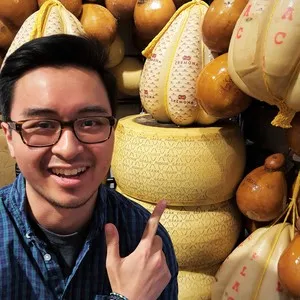When I tried my first Chinese soup dumpling, I was so hungry that I gulped it down in one bite. The problem was, its delicate dumpling wrapper contained scorching broth that left severe burns on the roof of my mouth. Three thoughts immediately went through my mind. The first: “WTF, why would they fill these little demon dumplings with molten lava?” The second: “How did the soup get inside the dumpling?” The third: “Where can I get another?”
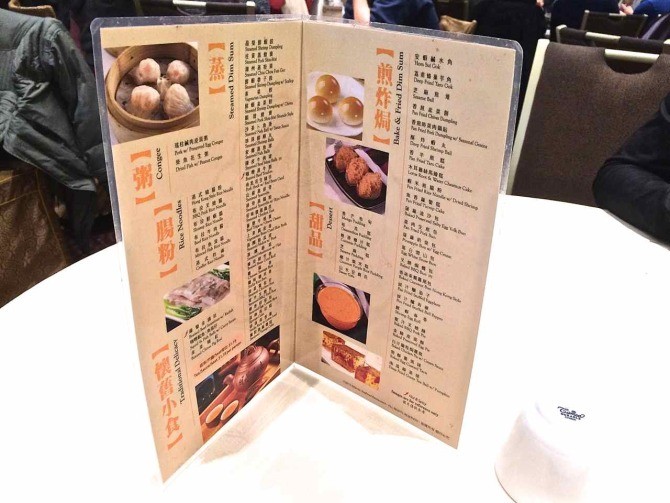
Photo by Jasmine Tang
The second time around, I made sure to let the broth cool a bit. At this point, everyone at the table was hypothesizing about how the soup got into the dumplings. I thought the soup might be injected into each dumpling one by one, but the question lingered … until now. I am ready to disclose to you my findings and reveal to the world how exactly it is done.
Xiao Long Bao: The King of Dumplings
You’ve probably had a dumpling before. Maybe it came from a steamer basket wheeled around at a dim sum restaurant during lunch, or maybe you had one straight out of a midnight Chinese take-out container. Either way, these little bites of awesome are freaking addictive and they come in many varieties.
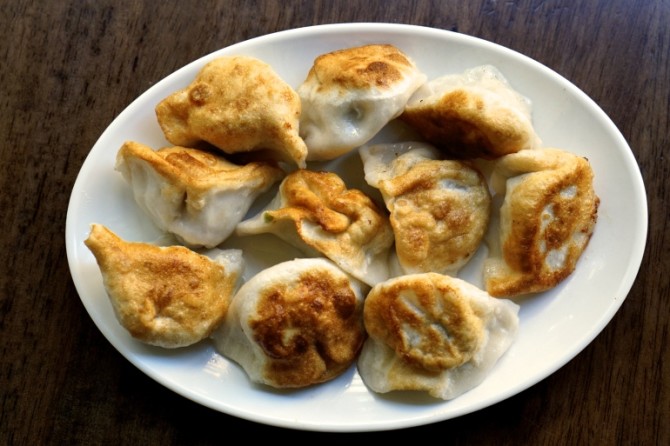
Photo by Teodora Maftei
From the ever-popular shumai served at dim sum restaurants to a side dish of wonton soup, each dumpling has its own personality. Like snowflakes, no two dumplings are the same, because they are each formed individually and, more often than not, hand-crafted by an expert. For many, the dumpling that stands out amongst the rest is the xiao long bao. Often revered as the king of the Chinese dumplings, you will know it more commonly as the “soup dumpling.”
Solving the Mystery
The xiao long bao is a work of culinary genius. Each dumpling contains a little pork and a savory broth encapsulated in a delicately crafted wrapper by a specialist in the dumpling trade. They are served piping hot in a steamer basket for guests to enjoy with vinegar and chili accompaniments. For special occasions, the xiao long bao also contains crab. The addition of fresh crabmeat makes the dumpling even better from the oceanic sweetness it imparts to the savory filling. If you ever see this version on the menu, I urge you to order it.
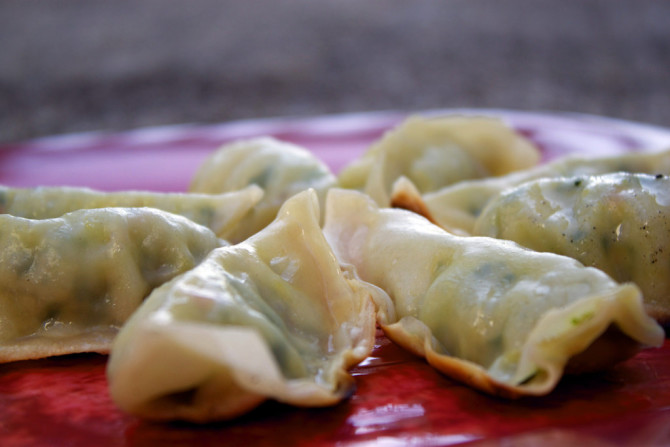
Photo by Casey Leopold
My original hypothesis, that the soup is injected into each dumpling, was way off. Want to know what the secret is? Are you ready? Drum roll please … aspic.
Aspic is basically gelatinized meat stock. In layman’s terms, it’s meat jell-o. Think of that Thanksgiving gravy that’s been sitting out, slowly losing heat. It doesn’t really look like gravy after an hour, probably something closer to a thickened sauce with a pudding-like consistency. Now take that concept and replace the gravy with a really concentrated meat stock, and you’ll get what is known as an aspic. The cooled stock becomes a semisolid ingredient that is key to any soup dumpling.
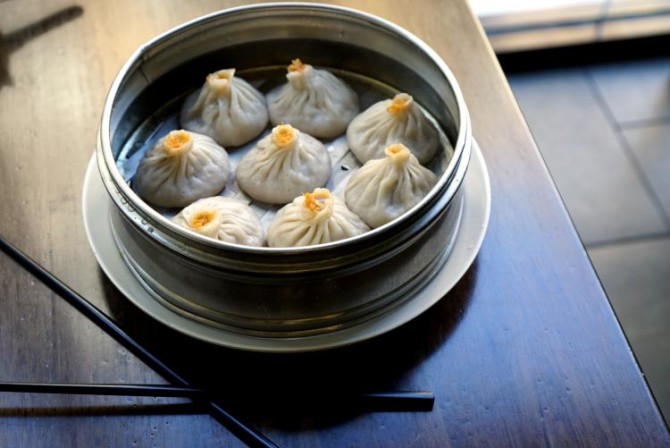
Photo by Teodora Maftei
Dumpling artists carefully place a bit of aspic and the pork filling into the dumpling wrapper. They seal it off perfectly in order to maintain the dumpling’s structural integrity while making sure that there are no punctures that could allow for any of the soup to leak out of the dumpling.
Now here is where the magic happens. Steaming these babies melts the aspic, turning it into the broth inside of the mythical xiao long bao. The mystery of the soup dumpling is solved!
Don’t Look Like A Noob
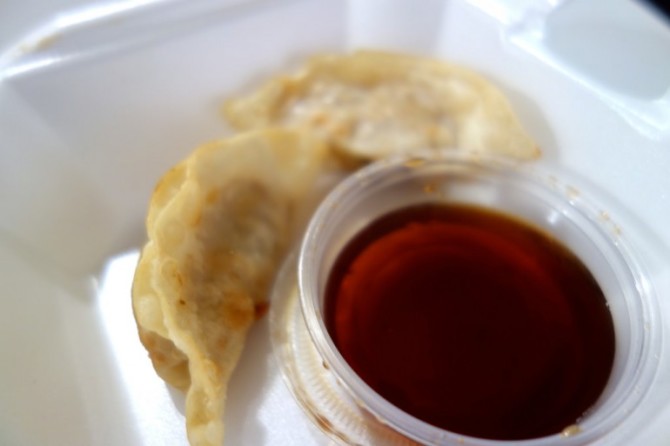
Photo by Naib Mian
The final step is getting these suckers into your mouth without any major collateral damage. I learned the hard way so I’m going to make sure you learn from my mistake. You should carefully scoop your dumpling onto a spoon, take a little bite off the top so the broth will cool, dip it into vinegar and chili and down that baby in a single go. Easy enough. So next time you see soup dumplings on the menu, you should order them and impress your friends with the knowledge I have just imparted to you. That, or you could see how many of your friends burn their mouths the first time they bite into one.


